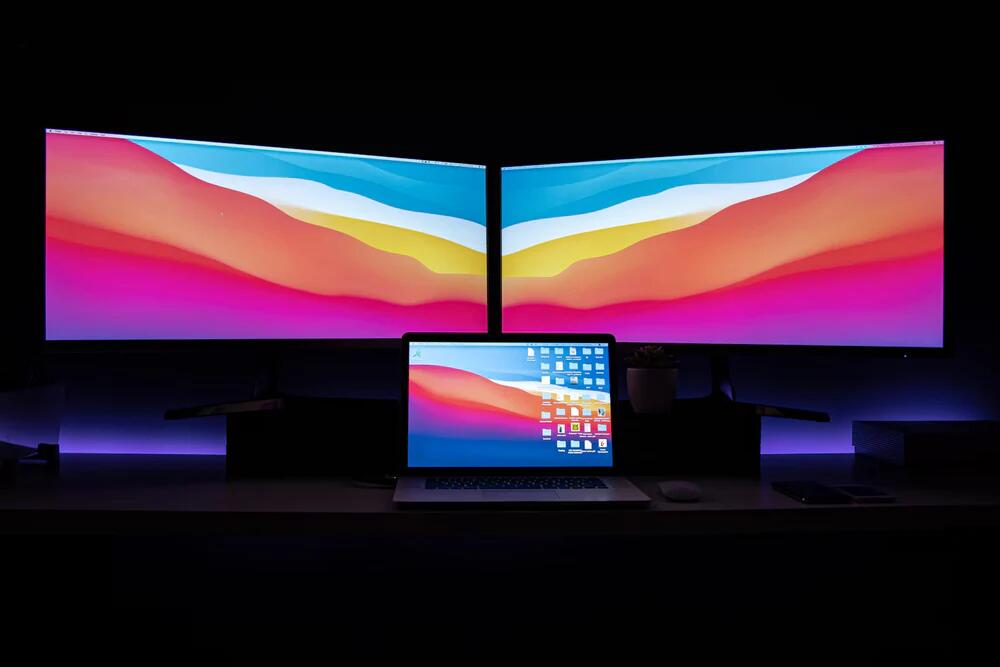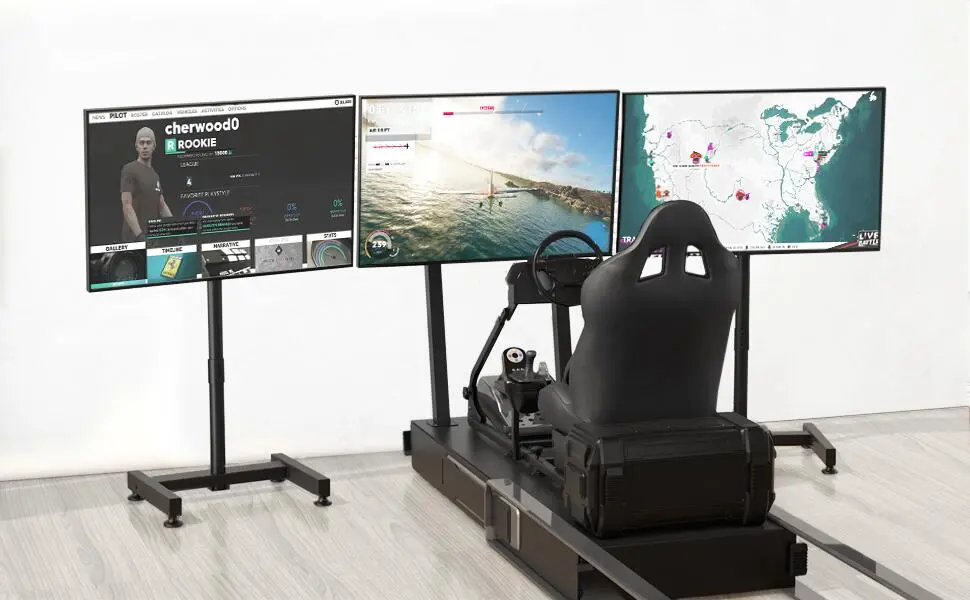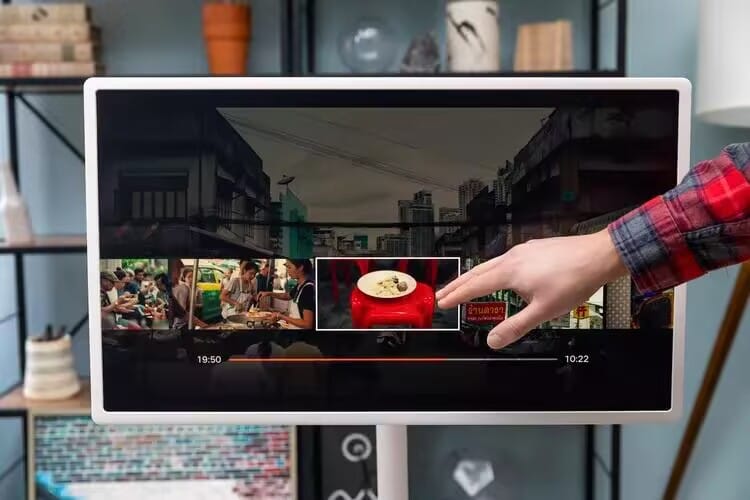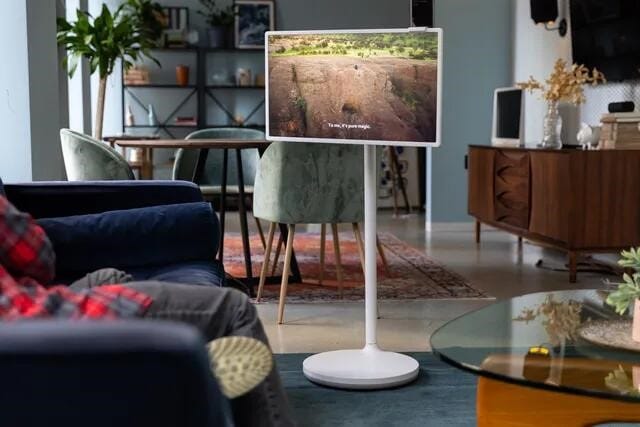It can be daunting to decide between HDMI and DisplayPort when setting up your monitor, gaming PC, or home theater. Both cables support high-definition audio and video, but they are best in different contexts. Whether you are a gamer looking for high refresh rates, an office user looking for multiple monitors, or a cinema enthusiast looking for clean images, understanding the benefits of HDMI and DisplayPort will enable you to select the right connection.
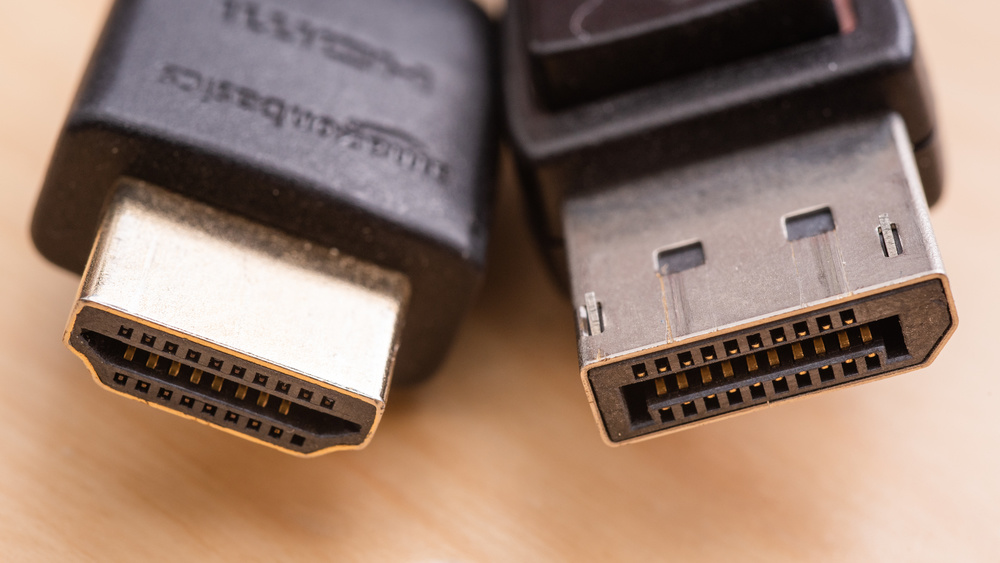
What Are HDMI and DisplayPort?
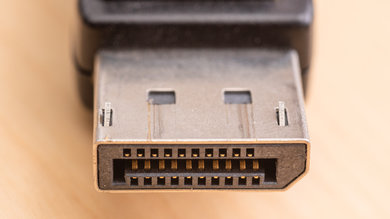
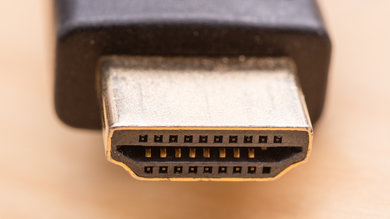
HDMI (High-Definition Multimedia Interface), released in 2002, is a home-standard connector for devices like TVs, gaming consoles, Blu-ray players, and PCs. It’s the home-entertainment standard due to its wide compatibility and support for technologies like Audio Return Channel (ARC) for soundbars.
DisplayPort (DP), launched by VESA in 2006, was meant to replace VGA and DVI, primarily for PCs and monitors. It’s a professional and gamer favorite because of its high bandwidth and ability to daisy-chain up to six monitors. It’s also royalty-free, similar to its predecessor DVI, which can save manufacturers money.
Both cables transmit high-definition video and audio over a single connection but vary in features and applications preferred.
Key Differences Between HDMI and DisplayPort
1. Bandwidth and Resolution
Bandwidth determines how much data a cable can carry, including resolution and refresh rates. Here’s their comparison:
- HDMI 2.1: 48 Gbps, capable of 8K at 60Hz, 4K at 120Hz, as well as 10K with compression. It’s ideal for today’s consoles like the PS5 or Xbox Series X.
- DisplayPort 1.4: 32.4 Gbps, capable of 8K at 60Hz or 4K at 120Hz with HDR.
- DisplayPort 2.1: Offers support for 80 Gbps, 16K at 60Hz or 8K at 120Hz, but few monitors are DisplayPort 2.1 compliant.
Winner: DisplayPort 2.1 has more bandwidth, but HDMI 2.1 is sufficient for most users.
2. Refresh Rates and Gaming
Gaming enthusiasts are looking for higher refresh rates and support for Variable Refresh Rate (VRR) to avoid tearing on the screen:
- HDMI 2.1: Supports VRR, including HDMI VRR for consoles and AMD FreeSync. It’s restricted to FreeSync for PCs, not NVIDIA G-Sync.
- DisplayPort: Supports FreeSync and G-Sync, so it’s superior for PC gamers with NVIDIA GPUs. It also supports more refresh rates at 4K (e.g., 120Hz with DP 1.4 vs. 60Hz with HDMI 2.0).
Winner: DisplayPort for PC gaming; HDMI for console gaming.
3. Multi-Monitor Support
If you have several monitors, DisplayPort is a no-brainer:
- DisplayPort: Has Multi-Stream Transport (MST) support, allowing chaining a maximum of four 4K monitors off of a single port.
- HDMI: Requires one extra cable per monitor to install, wiring your area.
Winner: DisplayPort for multi-monitor setups.
4. Audio Features
They both deliver great audio but do have some differences:
- HDMI: Provides up to 32 audio channels, Dolby Atmos, DTS:X, and ARC/eARC for sending audio out to soundbars or receivers.
- DisplayPort: Can handle up to 8 channels of 24-bit, 192 kHz audio but lacks ARC.
Winner: HDMI for home theater audio.
5. Compatibility and Prevalence
- HDMI: Common on nearly every TV, console, projector, and low-cost monitor. It’s consumer electronics’ go-to choice.
- DisplayPort: Found on most computer monitors, high-end graphics cards, and select laptops. Rarely utilized on TV or console.
Winner: HDMI for broad platform compatibility.
6. Physical Design
- HDMI: Uses a 19-pin connector (standard, mini, or micro). Most cables lack a locking mechanism, so they can easily be knocked out.
- DisplayPort: Has a 20-pin connector (standard or mini) with a latch that prevents accidental disconnection.
Winner: DisplayPort for secure connections.
When to Use HDMI
Use HDMI as your default choice for:
- Console gaming: PS5, Xbox Series X, and other consoles use only HDMI 2.0 or 2.1.
- Home Theater: Connect TVs, Blu-ray players, or streaming devices with ARC and Dolby Atmos support.
- Single-Monitor Setups: Cheap monitors usually only have HDMI ports.
- Presentations: HDMI is a safe bet for projectors or TVs in unknown environments.
When to Use DisplayPort
Use DisplayPort for:
- PC Gaming: Better refresh rates, G-Sync support, and performance at 4K/120Hz.
- Multi-Monitor Workstations: Daisy-chain monitors for a clean, professional arrangement.
- High-End Monitors: The majority of gaming or professional monitors feature DisplayPort at the top because of bandwidth.
- Apple Devices: Some Apple monitors feature Mini DisplayPort or Thunderbolt (which also carries DP).
Can You Use Adapters?
If your device and monitor ports are not compatible, you can find adapters (e.g., HDMI-to-DisplayPort or DisplayPort-to-HDMI). They might, however, limit resolution, refresh rates, or features like daisy-chaining. To get the best performance, use the native cable type.
Which Is Better for You?
There’s no single “best” cable—let it be a matter of your needs:
- Console Gamers and Home Theatre Fans: The sound capability and compatibility of HDMI make it top.
- PC Gamers and Professionals: The increased bandwidth, G-Sync support, and multi-monitor advantage of DisplayPort make it the best.
- For Multiple Applications: Scan the ports on your device and the types of the cables you use (such as HDMI 2.1 or DP 1.4) so that you maximize its use.
Conclusion
HDMI and DisplayPort both deliver stunning audio and video, but they cater to different audiences. HDMI is the king of home entertainment and console gaming, while DisplayPort excels for PC gaming and multi-monitor setups. By matching your cable to your devices and priorities—whether it’s refresh rates, audio quality, or compatibility—you’ll get the most out of your setup. Next time you’re plugging in a monitor or TV, check the ports and pick the cable that fits your needs!
Frequently Asked Questions (FAQs)
Q1: Can I use HDMI and DisplayPort at the same time on a dual-monitor setup?
Yes, if your computer has both HDMI and DisplayPort outputs, you can connect one monitor via HDMI and another via DisplayPort simultaneously.
Q2: Is DisplayPort better than HDMI for 4K gaming?
Yes, especially if you’re using a high-refresh-rate 4K monitor and have a graphics card that supports DisplayPort. It allows for higher frame rates and better VRR support for PC gamers.
Q3: Will a DisplayPort to HDMI adapter support sound?
Most active DisplayPort-to-HDMI adapters support audio, but make sure it explicitly lists that feature before purchase.
Q4: Which cable is more future-proof—HDMI or DisplayPort?
DisplayPort 2.1 supports higher resolutions and refresh rates, making it more future-proof for high-end PCs. However, HDMI 2.1 remains more common in TVs and consoles.
Q5: Do I need a special HDMI cable for 4K at 120Hz?
Yes, you’ll need an Ultra High-Speed HDMI cable that supports HDMI 2.1 for 4K at 120Hz. Older cables may not have the required bandwidth.


